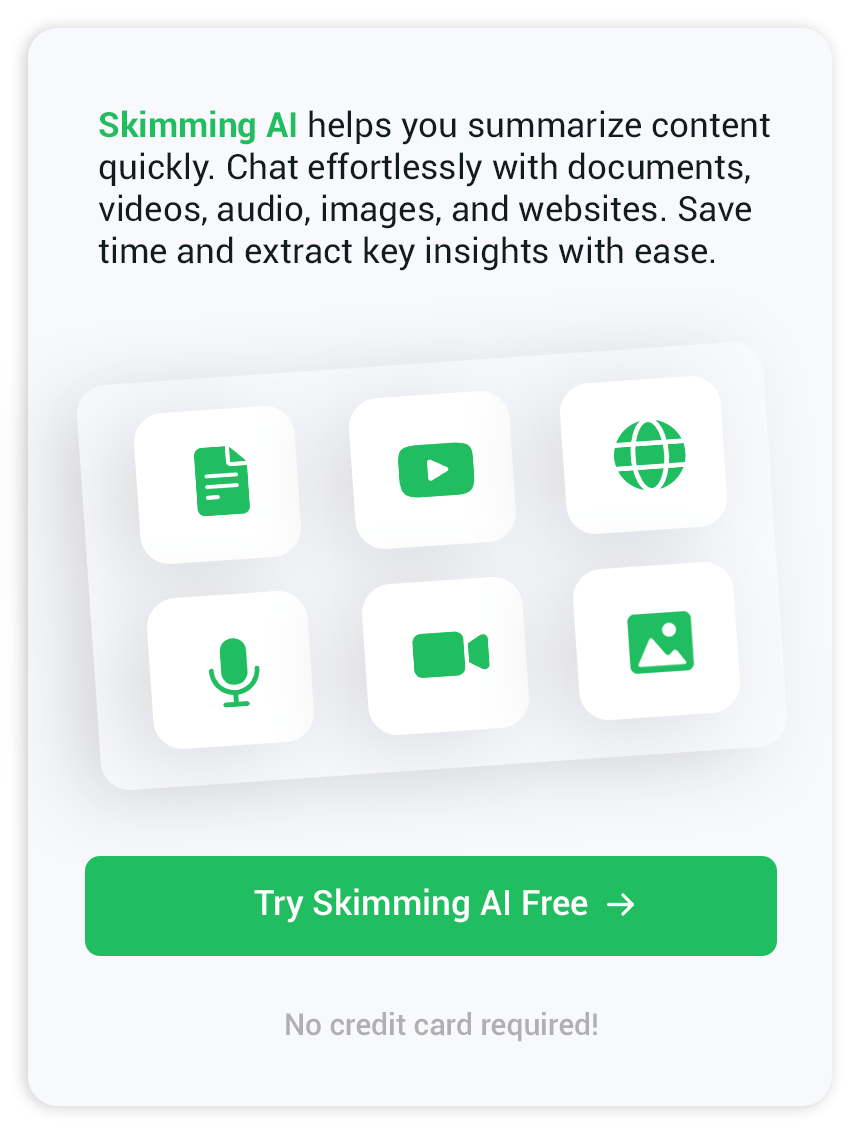Get Video Transcript for Any Video in Minutes
Video sharing platforms are growing at breakneck speed, and so is the need for crystal-clear text versions of every talk, tutorial, or meeting. A solid transcript brings your content into search results, reaches viewers with hearing loss, and saves time when you need quotes for social posts or blog entries. The good news is that you no longer have to scrub a timeline and type by hand. Whether you run a polished YouTube channel or clip lessons from Zoom, learning how to get video transcript data fast will keep your workflow smooth and your audience happy.
Why a Transcript Changes the Game
Accessibility and Compliance
• Captions give freedom to viewers who watch with low volume in public spaces.
• Transcripts let readers skim, search, and jump to any sound bite.
• They satisfy laws such as the Americans with Disabilities Act and Section 508.
• Search engines index spoken words, letting posts rank for terms never typed in the title or description.
• Brands can translate the text into more than one hundred languages to reach global markets.
SEO and Content Repurposing
A single line of dialog can spark a tweet, newsletter teaser, or pull-quote graphic. Organizing those gems is easier when every spoken sentence lives in a text file. Blog writers often turn full transcripts into long-form explainers, while marketers slice quotes into email campaigns. All of that secondary content drives traffic back to the source video.
Core Methods to Get a Video Transcript
Automatic AI Tools
Cloud services now parse audio with remarkable accuracy, speaker labels, and timestamps in seconds. Five popular options dominate the first page of Google right now:
- Restream for rapid uploads and caption settings inside its Studio recorder.
- Tactiq YouTube transcript generator for direct URL pastes, free downloads, and no sign-up friction.
- HappyScribe with 120-plus language support and multiple export formats.
- Riverside for podcasters who want host and guest tracks transcribed side by side.
- Descript is a complete video-to-text converter that doubles as an editor.
For creators who need a concise rundown of a YouTube lesson, the YouTube summarizer from Skimming AI pulls both transcript and bullet-point recap in one click.
Built-In Captions on Platforms
YouTube and Facebook auto-caption uploaded clips, yet the raw files often skip industry terms and names. Export the SRT or VTT file, clean it in a text editor, then paste the result wherever you host articles or podcast show notes.
Manual Transcription Good Practices
If you must hand-type segments—maybe niche jargon trips AI—you can still speed things up:
- Set playback to 0.75× so words are easier to follow.
- Use foot pedals or hotkeys to pause audio without leaving the keyboard.
- Rely on spelling-check plug-ins that learn medical or legal vocabulary.
Choosing the Right Tool
Speed vs Accuracy
Live events call for instant captions, so pick a service with real-time streaming. Post-production teams who need near-perfect wording may choose “human-verified” tiers that add a proofreader overnight.
Language Coverage
Not every engine treats minor dialects equally. Check that your Spanish content can tag Caribbean accents or that Arabic clips list both Modern Standard and Gulf variants.
File Types and Hosting
Standard video formats such as MP4, MOV, and WebM work everywhere. If your camera shoots in ProRes or large MXF containers, confirm upload limits first—or transcode before sending.
Steps to Get Video Transcript in Minutes
- Upload or drop your link into the chosen platform.
- Pick the source language; many dashboards guess it, but confirmation helps.
- Wait while the engine processes; the average time equals the clip length for cloud AI and roughly four times the length for human review.
- Download the transcript as TXT for raw text, SRT for timed captions, or DOCX for markup.
- Proofread names, brands, and technical phrases, then save a polished master.
Tips for Polishing Your Transcript
Speaker Labels
Flag each voice—Host, Guest, Narrator—early, so readers follow the conversation without confusion.
Timestamps
Keep stamps every thirty seconds or at topic changes; dense stamps clutter the file, sparse ones frustrate editors.
Formatting
• Remove filler words such as “uh” or “you know” unless they add personality.
• Merge short lines into complete sentences for better readability.
• Break lengthy monologues into paragraphs under 120 words.
Common Questions About Video Transcripts
Are transcripts suitable for short clips? Yes. Even a 90-second explainer benefits from search indexing and caption playback on silent auto-start feeds.
Which free option is most beginner-friendly? Tactiq wins on simplicity—paste a YouTube link—but Descript offers more editing power if you plan to trim audio after.
Do I need permission to publish a transcript? If the recording contains multiple speakers, check agreements or public-domain status. Original creators usually retain rights to their spoken words.
How long should I store transcripts? Keep them as long as the video remains public; they serve as legal proof of what was said.
Final Thoughts
A clear transcript boosts engagement, search reach, and accessibility, all while saving you countless hours in your editing routine. The tools covered above, along with Skimming AI for rapid summaries, place professional-grade results within anyone’s reach. Pick one today, test it on your next upload, and watch how easily your words travel across screens, feeds, and languages.


